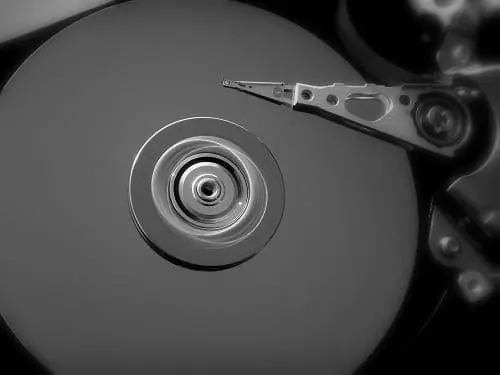The Circular Drive Initiative (CDI) has reported that millions of usable hard drives are being unnecessarily destroyed, adding to the growing pile of e-waste.
How Big Is The Problem?
According to reported comments to the BBC from Chia Network’s and secretary and treasurer of the CDI, Jonmichael Hands, millions of hard drives are shredded each year and that One ITAD provider told him they were shredding five million drives for a single customer!
Why Are So Many Hard Drives Being Scrapped?
The CDI’s spokesperson, William McDonough, Chief Executive of McDonough Innovation and architect of Cradle-to-Cradle design and The Circular Economy, says “Much of the e-waste we see from hard drives today is driven by perceived risk and insufficient secondary markets for this technology”.
For example, storage devices are usually sold with a five-year warranty, and large data centres, which have zero-risk policies, have to retire them when the warranty expires. This means that an estimated 90 per cent of their hard drives are destroyed when they are removed (CDI estimate).
Also, many industries and organisations are subject to data protection regulations and standards that require them to securely destroy data when it is no longer needed. Shredding hard drives helps to meet these compliance requirements, demonstrating that proper measures were taken to protect confidential information.
What Are The True Costs Of Shredding?
Shredding hard drives has environmental costs associated with it, primarily related to electronic waste generation and resource consumption. For example:
– E-Waste. Shredding hard drives contributes to electronic waste (e-waste), which is a growing environmental concern. E-waste contains various hazardous materials, including heavy metals like lead, cadmium and mercury, as well as toxic substances like brominated flame retardants. Improper disposal of e-waste can result in these hazardous materials entering the environment and causing pollution.
– Resource Consumption. Shredding hard drives means that the materials used to manufacture them, such as metals (aluminium, copper, etc.) and plastics, are not being recycled or reused. Extracting and processing these raw materials requires energy and resources, including water and fossil fuels. By not reusing or recycling the materials in hard drives, the demand for new resources increases, leading to additional environmental impacts.
– Energy Intensity. The process of shredding hard drives requires energy to operate the shredding equipment. The energy consumption associated with shredding, especially for large-scale operations, can contribute to carbon emissions and further contribute to climate change.
Shredding May Not Stop Data From Being Recovered
Although melting or incineration would most certainly destroy the drives and any sensitive data on them, the current preferred method (e.g. for data centres) is shredding. However, given that the latest drives have 500,000 tracks of data per square inch, it’s still possible that a determined data recovery person could still read the data from a shredded hard drive simply by taking a piece as small as 3mm.
What Is The CDI & How Can It Help?
The CDI describes itself as “a partnership of global leaders in digital storage, data centres, sustainability, and blockchain collaborating to reduce e-waste by enabling, driving, and promoting the secure reuse of storage hardware”. The CDI is one organisation that’s trying to foster a sustainable future by enabling the circular economy in data storage, i.e. it aims to ensure that data storage devices can be securely reused, significantly reducing e-waste, and reducing carbon emissions linked to manufacturing new storage devices. It says it’s working to try and change the data storage industry by “enabling circularity and by developing, promoting, and implementing standards, transparent reporting, and best practices cantered around a circular economy”.
What Is The Circular Economy?
The circular economy is an economic model that aims to minimise waste, maximise resource efficiency, and promote sustainability. It focuses on keeping products and materials in use for as long as possible through strategies like reuse, repair, and recycling.
When it comes to e-waste, such as discarded or shredded hard drives, the circular economy approach seeks to address the environmental and resource challenges associated with electronic waste. Instead of discarding electronic devices such as smartphones, laptops, or appliances, the circular economy promotes strategies like:
– Repair and refurbishment. Encouraging the repair and refurbishment of electronic devices to extend their lifespan and prevent premature disposal.
– Reuse and resale. Promoting the reuse and resale of functioning electronic devices to maximise their value and reduce the need for new production.
– Recycling and material recovery. Ensuring that end-of-life electronic devices are properly recycled to recover valuable materials like metals, plastics, and rare earth elements for use in new products.
By implementing circular economy principles in the management of e-waste, the environmental impact of electronic devices can be reduced, resources can be conserved, and a more sustainable electronic ecosystem can be created. This could allow for a shift from the linear “take-make-dispose” model to a circular system that prioritizes resource efficiency, waste reduction, and the responsible handling of electronic waste.
What Are The Alternatives To Shredding Hard Drives?
Alternative methods to shredding hard drives that can make the drives re-usable include:
– Purging. This method, which leaves the original data on them unable to be recovered can involve having the hard drives overwritten with new patterns of data. This method can take days.
– Cryptographic erasing. This method, which takes seconds, involves deleting the key for their built-in encryption. This makes the data on the hard drives impossible to read and the hard disks can be re-used/re-sold.
Companies And Organisations Erasing And Refurbishing Hard Drives
Some companies and organisations are helping to tackle the problem of hard drives being scrapped, helping with sustainability and the circular economy by refurbishing and re-selling hard drives. For example:
– As outlined previously in this article, the CDI.
– Seagate, led by Amy Zuckerman, and a founding member of CDI, Seagate reports refurbishing and reselling 1.16 million hard drives and solid-state drives (SSDs) in the 2022 financial year, thereby saving more than 540 tonnes of electronic waste (e-waste). Customers for its recycled hard drives include smaller data centres and cryptocurrency mining operations.
What If Hard Drives Can’t Be Refurbished?
Seagate reports that for any hard drives it can’t refurbish, it looks at parts-extracting and materials recycling. The company reports that in its Taiwan pilot programme, 57 per cent of the material was recycled, made up of magnets and aluminium.
Hard Drives Declining
Some tech commentators have noted that the use of traditional (spinning) hard drives is declining, with more ambitious predictions suggesting they could be gone within 5 years.
They could be replaced, for example, with solid-state drives (SSDs), which have been increasing rapidly in recent years, and they are gradually replacing traditional hard drives in many areas. SSDs offer several advantages over hard drives, including faster data access times, higher reliability, lower power consumption, and smaller physical size. These benefits make SSDs particularly suitable for portable devices like laptops and smartphones, as well as high-performance computing environments.
The declining cost of SSDs has been a significant factor driving their adoption. As SSD technology advances and becomes more affordable, more consumers and businesses are choosing SSDs over traditional hard drives. This shift in consumer preference has led to a decline in hard drive sales in certain markets.
It should be remembered, however, that hard drives still excel in terms of storage capacity and cost per terabyte. As such, they remain the preferred choice for large-scale storage solutions, such as data centres and archival systems and suggestions that they may be gone within 5 years may be premature.
What Does This Mean For Your Organisation?
The unnecessary destruction of millions of usable hard drives, leading to the alarming growth of e-waste, calls for immediate action and a commitment to sustainable solutions. The Circular Drive Initiative (CDI), for example, is at the forefront of driving change by enabling the circular economy in data storage. However, the scale of hard drive shredding persists due to perceived risk and the lack of viable secondary markets for this technology.
Addressing this problem requires decisive steps and innovative approaches. Organisations must recognise the environmental costs associated with shredding hard drives, including the generation of electronic waste and resource depletion. By not reusing or recycling the valuable materials within hard drives, we exacerbate the demand for new resources and contribute to climate change through energy-intensive shredding processes.
To combat these challenges, alternatives to shredding hard drives, such as purging or cryptographic erasing, must be explored and adopted more widely. These methods render hard drives reusable while ensuring data security, paving the way for a more sustainable future. Companies and organisations already engaged in erasing and refurbishing hard drives serve as examples of the positive impact that can be achieved.
There is enormous potential for expansion in the hard drive recycling market, especially considering the large number of hard drives sold in previous years that are now reaching the end of their warranty. The industry must embrace innovation and invest in processes that enable the recovery of the 61 chemical elements used in hard drives. This approach will not only reduce resource consumption and waste but also open up new opportunities for sustainable practices and economic growth.


